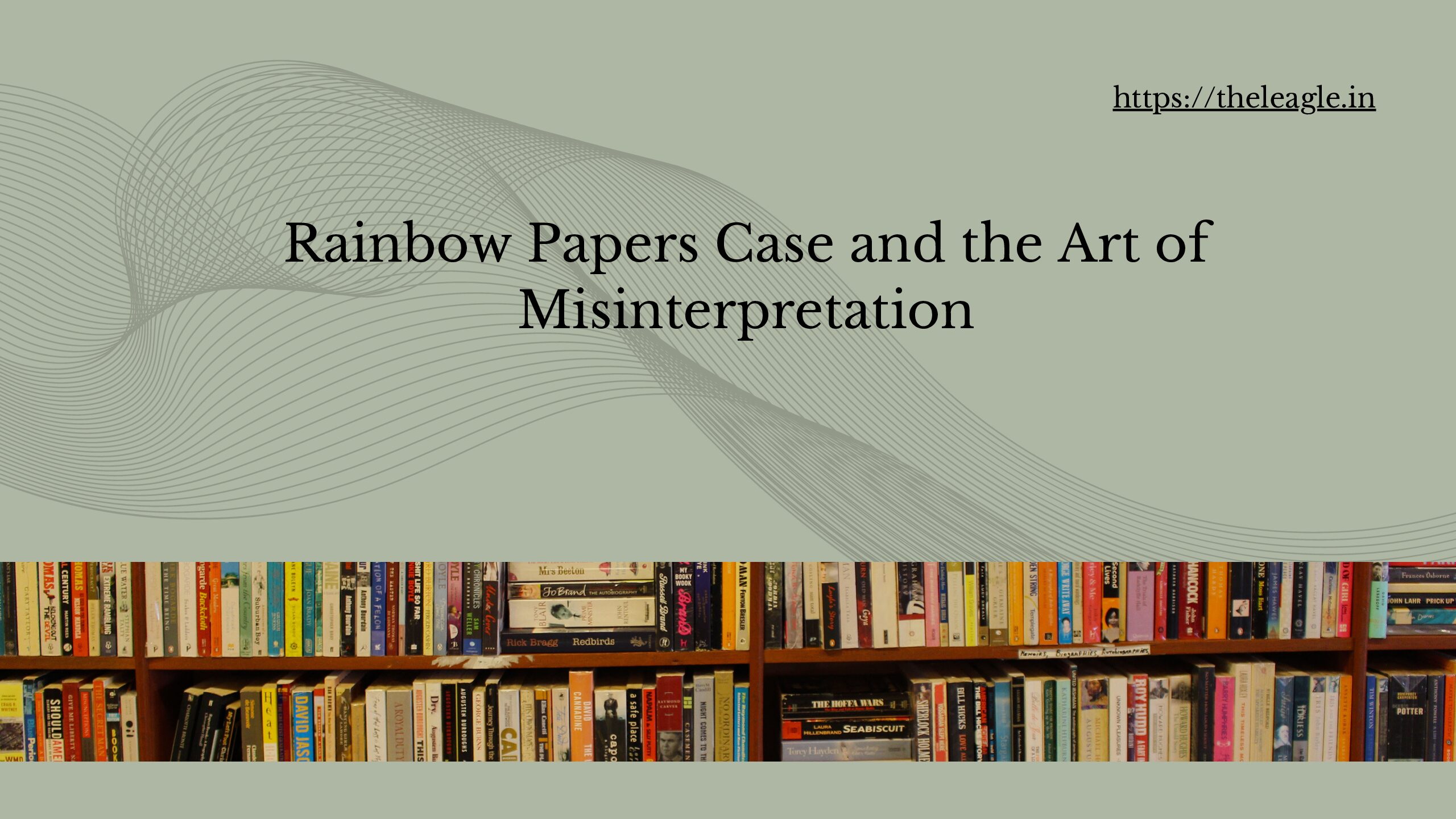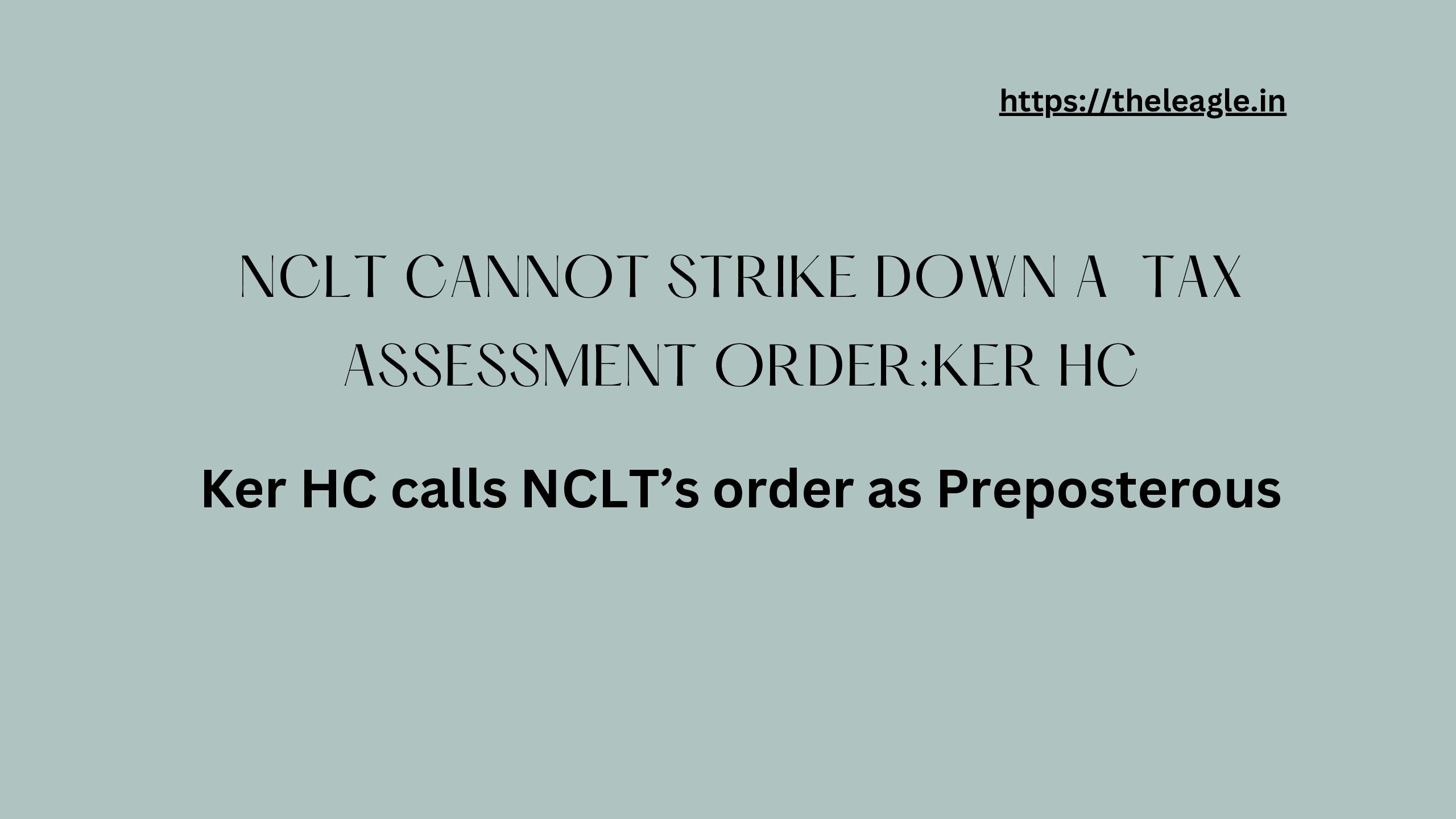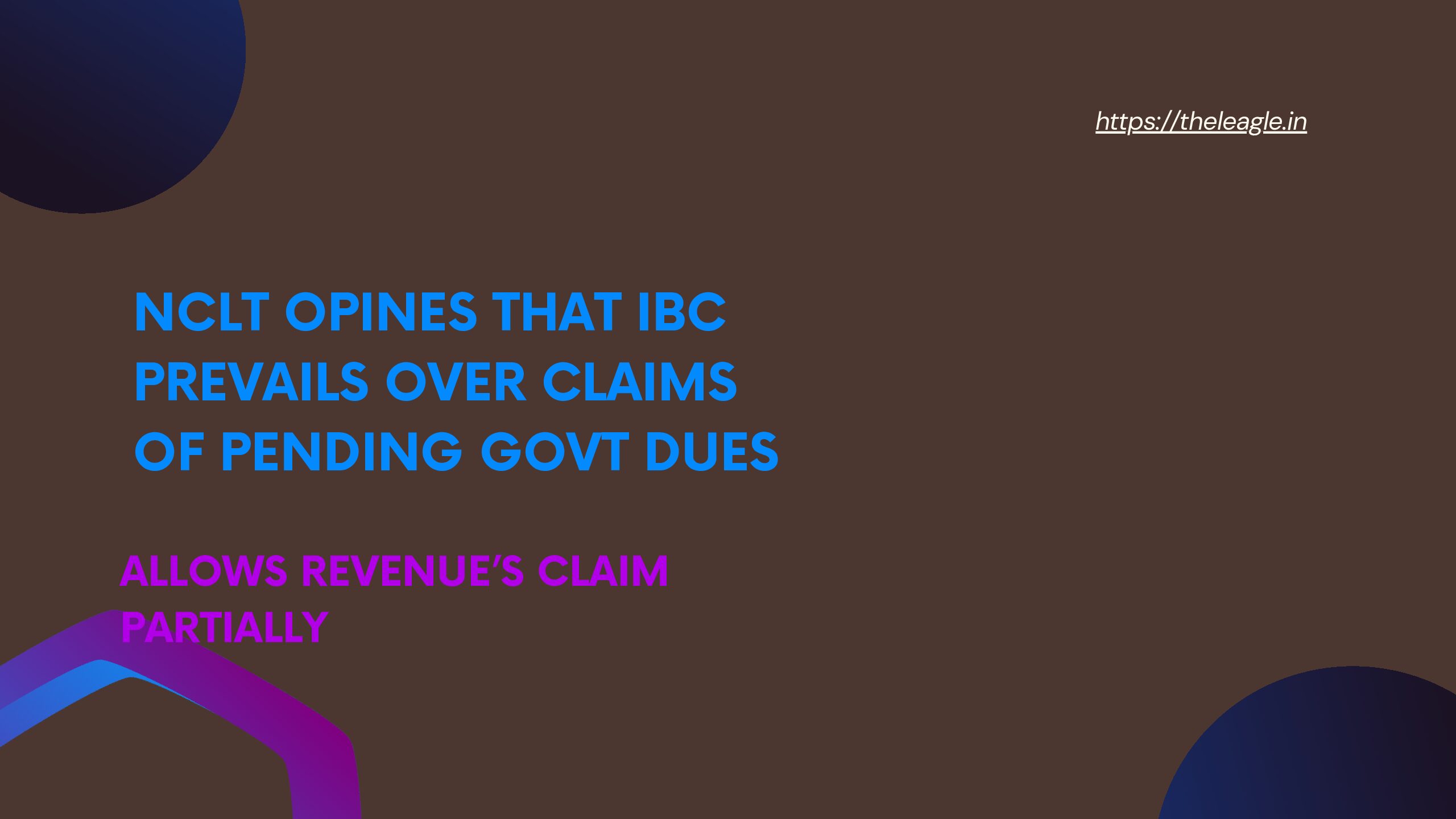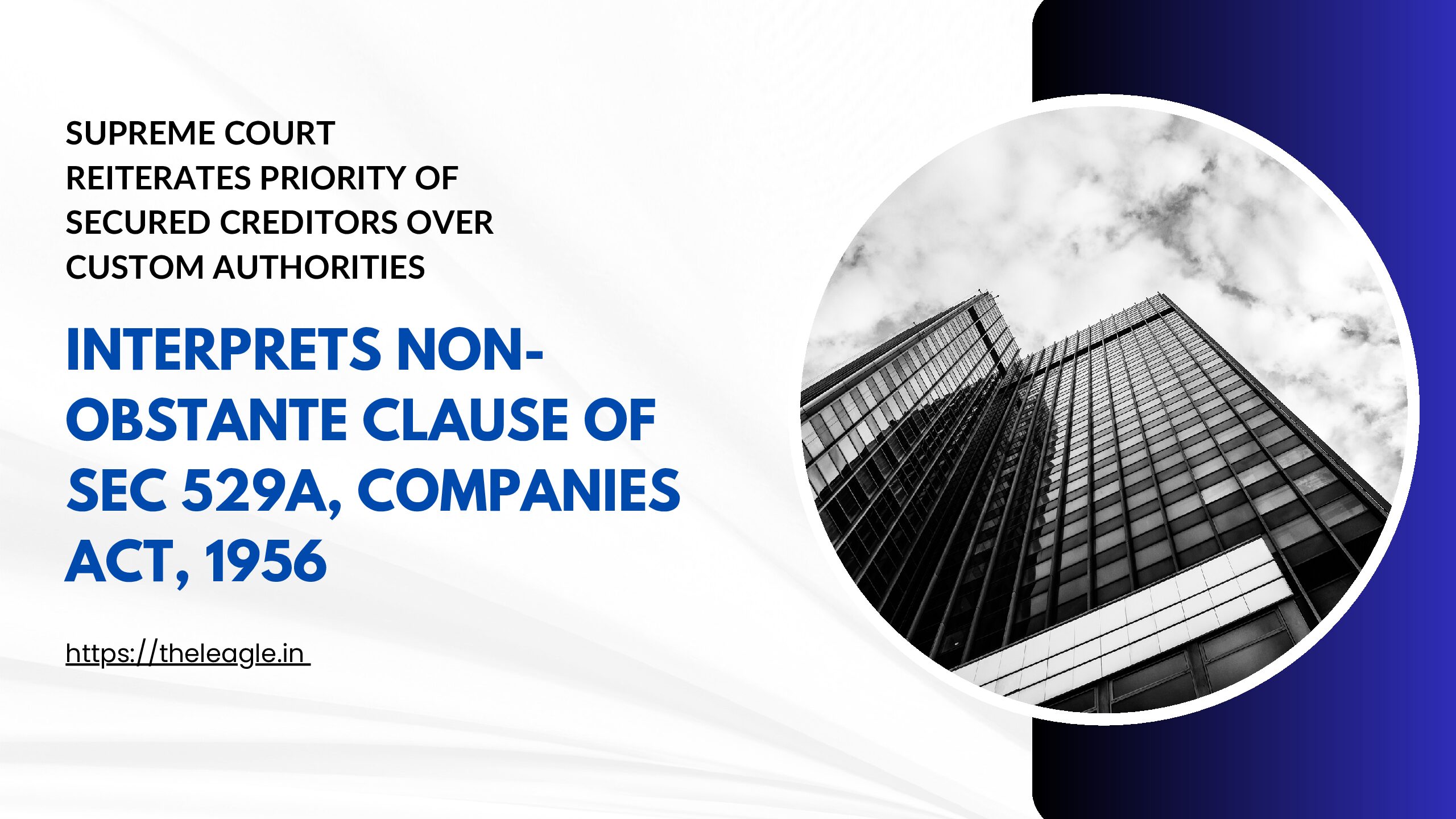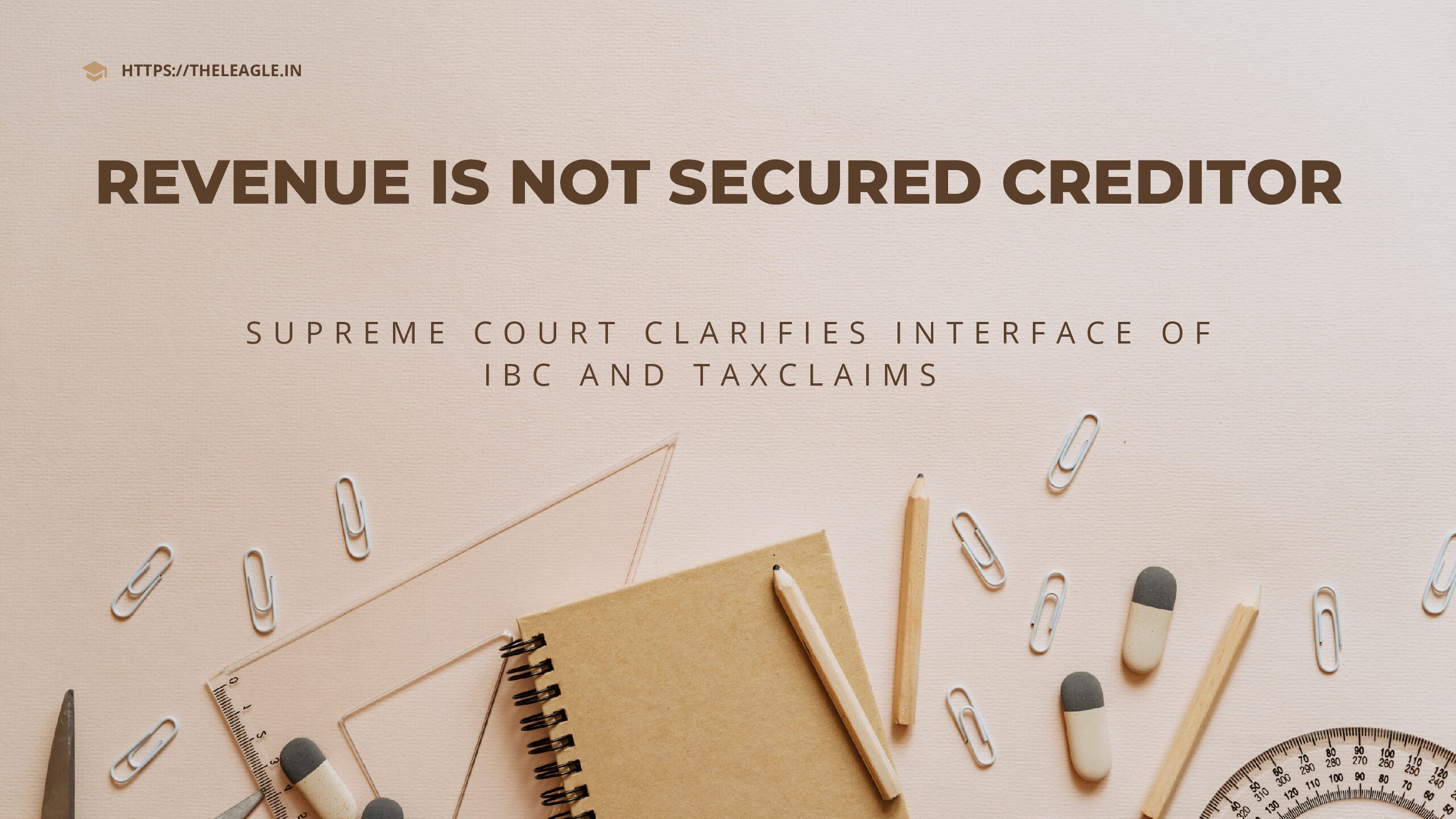Introduction
Recently, the Supreme Court (‘Court’) in Independent Sugar Corporation Ltd v Girish Sriram Juneja & Ors resolved an interpretive uncertainty involving the interface of the Insolvency and Bankruptcy Code, 2016 (‘IBC’) with the Competition Act, 2002. The narrow question before the Court was whether the approval of a resolution plan by the Competition Commission of India (‘CCI’) must mandatorily precede the approval of the Committee of Creditors (‘CoC’) under the proviso to Section 31(4), IBC. The proviso states that:
Provided that where the resolution plan contains a provision for combination as referred to in section 5 of the Competition Act, 2002 (12 of 2003), the resolution applicant shall obtain the approval of the Competition Commission of India under that Act prior to the approval of such resolution plan by the committee of creditors.
The majority opinion, relying on a plain and literal interpretation, held that prior approval by the CCI was mandatory and not directory. The interpretive disagreement did not arise due to any ambiguity in the provision per se, but due to anxiety about delays in the resolution process. It was argued that mandating the prior approval of the CCI for all resolution applicants, instead of only the successful resolution applicant, would delay the completion of the resolution process under the IBC, and time is of the essence in a resolution process to protect and maximise the value of the corporate debtor’s assets. The issue – before, and even after the Court’s judgment – has been largely looked at from the prism of efficacy of the resolution process under the IBC and the need to respect timelines. Even the resolution professional in the impugned case seems to have interpreted the requirement of prior approval as directory to preserve time.
I suggest that there are alternative ways to examine the issue. First, the prior approval of the CCI ensures respect for the commercial wisdom of the CoC as it prevents an ex-post alteration of the latter’s decision. The above sequence will help preserve the design of the IBC, which entrusts the CoC with the final say on commercial decisions in the resolution process. Second, I propose that insistence on prior approval of the CCI should be viewed as an eligibility requirement for resolution applicants instead of a procedural hurdle. The requirement of the prior approval of the CCI may dissuade insincere resolution applicants, and prevent submission of resolution plans that may crumble at the implementation stage. Cumulatively, both arguments cohere with the framework of the IBC and provide us a better understanding of its aims and procedures.
Respect For Commercial Wisdom Of The CoC
In most cases where petitioners have challenged the CoC’s approval of a resolution plan, courts have invoked the supremacy of the commercial wisdom of the CoC. The policy design of the IBC confers powers on the CoC to take commercial decisions, and courts can only intervene in limited and specific instances. The narrow window for judicial interference with decisions of the CoC has been rightly justified by courts by invoking limited grounds for appeal under the IBC. Courts have, thus, termed decisions of the CoC as being of paramount importance. How does the CoC’s supremacy translate into, and become relevant, in the context of the interface of the IBC and the Competition Act, 2002?
The Court in the impugned case relied on the commercial wisdom of the CoC to observe that the lack of prior approval will dilute the aforesaid design of the IBC. For example, if the CoC approves a resolution plan before it receives approval by the CCI, it would leave open the possibility of the latter suggesting modifications to the resolution plan. Permitting ex-post changes by the CCI would also strike at the finality of the CoC’s decision, and, more pertinently, alter the CoC’s position as the final arbiter of corporate debtors’ destiny. The Court underlined the paramount importance of the commercial wisdom of the CoC and reasoned that it can only be exercised assiduously if the CCI’s approval precedes the CoC’s approval. Otherwise, the CoC would be forced to exercise its commercial wisdom without complete information.
Providing the CoC with the final say on commercial aspects of the resolution plan has remained a core idea since the initial stages of discussion on the IBC. The Bankruptcy Law Reforms Committee (‘BLRC’) had noted that one of the flaws of the pre-IBC regime was to have entrusted business and financial decisions to judicial forums. The BLRC opined that it was not ideal to let adjudicatory bodies take commercial decisions as they may not possess the relevant expertise. To overcome the flaws of the pre-IBC regime, the IBC was designed to empower only the CoC to take business decisions, as it comprises of financial creditors who may bear the loss in the resolution process. The bifurcation of roles was clear, the legislature and courts were to control and supervise the resolution process, however, all business decisions were the remit of the CoC, though it would arrive at the decision after consultation and negotiations with the corporate debtor. In a similar vein, the Court in Swiss Ribbons v Union of India noted that the financial creditors, comprising mainly of banks and financial institutions, are from the beginning involved in assessing the viability of the corporate debtor, and are best positioned to take decisions on restructuring the loan and reorganisation of the corporate debtor’s business when there is financial stress.
The resolution applicant also suggested that the CCI’s approval could be sought by the successful applicant after the CoC’s approval but before the NCLT’s approval. First, the suggestion contravenes the plain language of the proviso. Second, the suggestion, if accepted, would still leave open the window of the CCI suggesting amendments to the CoC-approved resolution plan and strike at the IBC’s aim to give the CoC the final say on commercial aspects of the resolution plan.
In fact, the CoC approving a resolution plan which has not received the CCI’s approval would also be in contravention of other provisions of the IBC. The Court specifically mentioned that a resolution plan which contains a provision for combination is incapable of being enforced if it has not secured prior approval of the CCI. Such a plan cannot be approved by the Court as it would violate Sections 30(2)(e), 30(3), and 34(4)(a) of the IBC on grounds of being in contravention of the laws in force. Apart from the above provisions, it may be worth mentioning Section 30(4), which obligates the CoC to approve a resolution plan after considering its feasibility and viability. Clearly, evaluation of the feasibility and viability of a resolution plan must precede the CoC’s approval. The CoC should not be put in a position where it approves a resolution plan and only subsequently considers its feasibility and viability based on the CCI’s opinion, as that would disregard the IBC’s mandate.
Proviso To Section 31(4) As An ‘Eligibility Requirement’
I suggest that the proviso to Section 31(4) should be viewed as an eligibility requirement for the resolution applicant. My suggestion is predicated on an analogy with Section 29A(c). Briefly put, Section 29A(c) declares that a person is ineligible to submit a resolution plan if such person or any other person acting jointly, or in concert with, it has an account classified as a non-performing asset for one year. The proviso removes the ineligibility if the person makes payment of all overdue amounts before the submission of the resolution plan. One of the resolution applicants in Arcelor Mittal India Pvt Ltd v Satish Kumar Gupta & Ors had argued that insistence on the prior payment of overdue amounts would reduce the pool of resolution applicants as their plan may not be eventually approved by the CoC, and that the proviso should be interpreted in a ‘commercially sensible’ manner wherein overdue amounts should be allowed to be paid as part of the resolution plan and not before the submission of the resolution plan.
Justice S.V.M Bhatti, in his dissenting opinion in the impugned case, has attempted to interpret proviso to Section 31(4) in a similar fashion. He has observed that insistence on prior approval by the CCI would limit the number of eligible resolution applicants. Further, he noted that the requirement of prior approval by the CCI raises a question of prudence since the resolution applicant would seek approval of its plan, which may eventually not be acceptable to the CoC.
In Arcelor Mittal, the Court dismissed the above line of arguments and held that the plain language of the proviso to Section 29A(c) makes it clear that the ineligibility is removed if overdue payments are made before the submission of the resolution plan. Making the overdue payments may be worth the while of the applicant as the dues may be insignificant compared to the possibility of gaining control of the corporate debtor. The Court added that it would not disregard the plain language of the proviso to avoid hardship to the resolution applicant. The above reasoning squarely applies to the proviso to Section 31(4) and is more persuasive than the dissenting opinion in the impugned case.
In fact, one could further engage with the argument about the proviso limiting the number of eligible resolution applicants by stating that the mandate of prior approval of the CCI may act as a filtering mechanism and attract only sincere applicants with concrete resolution plans. The receipt of the CCI approval may diminish the possibility of the resolution plan crumbling at the implementation stage due to the inability or disinclination of the resolution applicants to comply with the subsequent conditions that the CCI may impose. Knowledge of the CCI’s stance prior to the approval of the resolution plan will help in setting realistic timelines and conditions for the successful resolution applicant.
Section 31(4) permits the successful resolution applicant to obtain the necessary approvals required under any law for the time being in force, within one year from the date of approval by the adjudicating authority. The proviso to Section 31(4) carves out one exception and states that if the resolution plan contains a provision for combination, the resolution applicant shall obtain the approval of the CCI prior to the approval of such resolution plan by the CoC. The language of the proviso is clear, unambiguous, and the legislative intent is unmistakable. As the Court noted in its majority opinion, courts must respect the ordinary and plain meaning of the language instead of wandering into the realm of speculation. An exception has been made in the proviso wherein resolution applicants need the prior approval of the CCI. To interpret ‘prior’ to mean ‘after’ would amount to the judicial reconstruction of a statutory provision. There is also no room to interpret the requirement of prior approval as being directory and not mandatory. Analogous to the proviso to Section 29A(c), obtaining the prior approval of the CCI may be ‘worth the while’ of the resolution applicants and this would be a minor hardship compared to the possibility of controlling the corporate debtor.
Prior approval by the CCI should be viewed as an eligibility requirement for resolution applicants instead of a procedural burden. Typically, resolution professionals prescribe requirements of net worth, expertise, etc. for resolution applicants. If compliance with such conditions is not viewed as a hurdle, why view a regulatory approval only through the lens of time, as a procedural hurdle? Instead, it is better viewed as a safeguard to prevent future legal hurdles, smoothen the implementation of approved resolution plan, and to preserve the IBC’s design.
Understanding The Anxiety About Delay
The Court, in the impugned case, has cited statistics to blunt the argument on delay. The statistics about the speed of decision-making by the CCI reveal that delays may not be significant. The Court cited the Annual General Report of the CCI for 2022-23, as per which, the average time taken by the CCI to dispose of combination applications was 21 days, and there was no recorded instance of the CCI taking more than 120 days to approve a combination application. The track record of the CCI partly convinced the Court that arguments about delays were exaggerated.
While there is merit in arguing that the insistence on prior approval by the CCI may delay the resolution process, it is important to add two caveats: first, even in cases not requiring the approval of the CCI, timelines of the IBC are not frequently respected for various reasons. This is not to suggest that additional delays would do no harm, but that delays are par for the course even when the CCI’s approval is not required. So, it is not accurate to ascribe the possible delay only to the requirement of the CCI’s prior approval. Second, prior approval by the CCI will be needed in relatively few instances, and thus there is good reason to adopt a relaxed view of timelines in such cases to avoid competition law issues after the CoC has approved the resolution plan. The additional time consumed in seeking the CCI’s approval will be for a valid reason, i.e., to address the interface of the IBC with competition law. The IBC cannot be implemented in a sealed bubble. where no extraneous factor ever influences the speed and progress of the resolution process.
Conclusion
I have tried to establish that once we take a step back from the time-centric arguments, we can cast a different lens on the issue of the interface of competition law and the IBC. We can understand that the decision-making of the CoC, and other procedural requirements also need to be respected to maintain the integrity of the resolution process. Time, despite being vital, cannot solely dictate the entire resolution process. When the resolution process implicates other areas of law, such as competition law, adopting a relatively relaxed approach to the time limits of the IBC may ensure smooth approval and implementation of the resolution plan. In fact, the prior approval of the CCI aligns with the key design of the IBC, which strives to reserve final decisions on the resolution process to the CoC, subject to minimal judicial supervision. If the CCI unpacks and modifies the CoC-approved resolution plans ex-post, it will in fact, undermine the sanctity of the resolution process.
[This post was first published at NLSIR Online in May 2025.]
